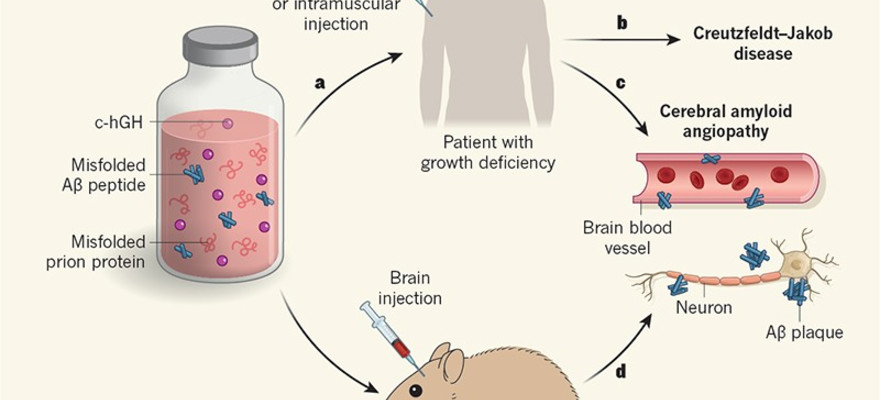History of HGH (somatotropin)
- Hits: 617

Growth hormone (somatotropin) is an endogenous pituitary hormone having a peptide structure. HGH is directly involved in the growth of almost all body tissues. The source of its production is the anterior pituitary gland.
The peak of its concentration is observed in puberty (puberty), and then, over the years, it gradually declines. Somatotropin or Human Growth Hormone plays a crucial role in increasing the growth and development of bone tissue. Physiological insufficiency or lack of growth hormone production in children entails Dwarfism.
HGH from the pituitary glands of animals, Lai and Evans received in 1944, and in 1956 a human was isolated and in 1958, an endocrinologist from the New England Medical Center in Boston, Maurice Rabin, first introduced it to a child who did not grow up because his body did not produce this hormone at all. The treatment helped, and the child began to grow.
Other doctors soon followed suit. Treatment of adolescents suffering from growth hormone deficiency has become a reality. It seemed to be a wonderful way out for children who, without this hormone, were doomed to become people below normal height or even dwarfs.
However, disaster soon broke out. At that time, the only source of growth hormone was the human brain - the brain of corpses. To get just a few drops of the hormone that could be injected into a sick child, the brains of thousands of dead people were needed.
Most of the cadaverous material came from Africa. The hormone was extracted from the pituitary gland, and since it breaks down when heated, it was pasteurized rather than sterilized in pharmaceutical factories. In the 1980s, three children receiving growth hormone developed a rare viral disease – Creutzfeldt–Jacob disease. It is characterized by progressive dementia and loss of muscle control. Within about 5 years, a sick person dies.
After the discovery of the disease in children receiving growth hormone, the distribution of the drug was stopped. In 1991, Creutzfeldt–Jacob disease developed in seven children in the United States, and there were 50 cases of the disease worldwide associated with injections of growth hormone. And the number of patients may continue to grow, since the disease is caused by an infectious agent, which may not make itself felt for a long time (up to 15 years) before symptoms appear.
Since the brain of corpses as a source of hormone had to be abandoned, a very difficult problem arose - obtaining a synthetic hormone. Growth hormone is the largest protein produced by the pituitary gland and consists of 191 amino acids.
However, in the 1980s, a new technology appeared - genetic engineering, which allowed scientists to clone proteins of the human body and obtain them in huge quantities through the reproductive mechanism of the E. coli bacterium, which is very common in the human intestine. In 1985, the company "gEnentech", which had previously successfully cloned a human gene for insulin, created the second–ever drug based on recombinant DNA - somatotropin.
The genetically engineered growth hormone differed from its human counterpart in only one amino acid. This small discrepancy did not affect the effectiveness of the drug in its effect on the human body.

 EN
EN
 DE
DE  IT
IT  FR
FR 
 Add to Cart
Add to Cart











